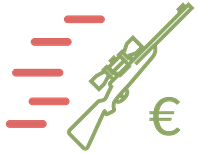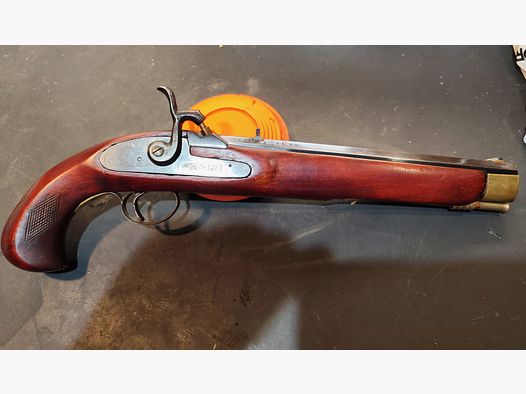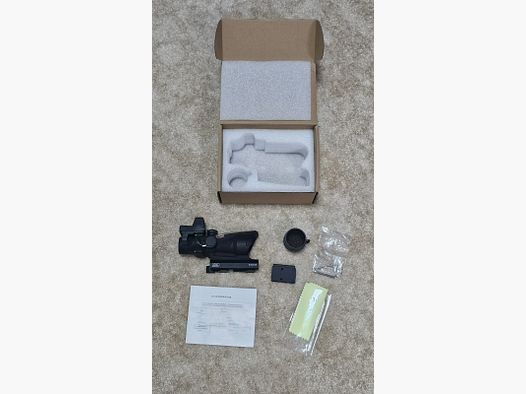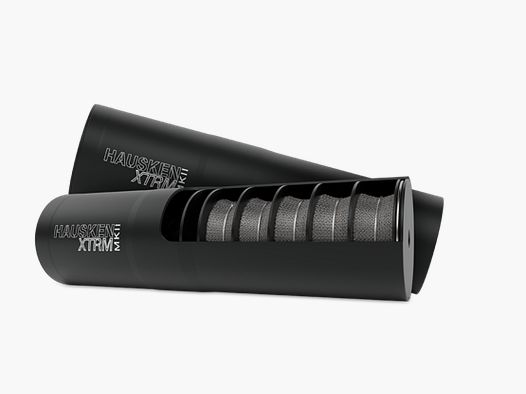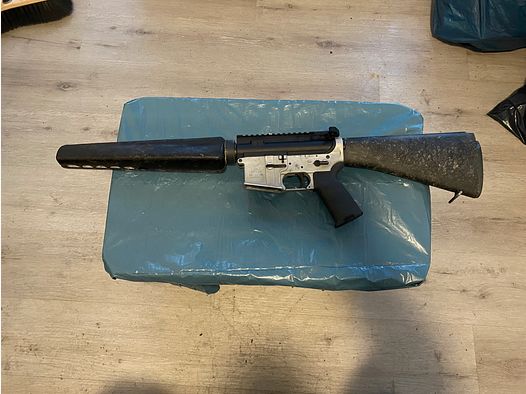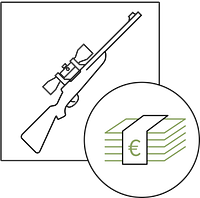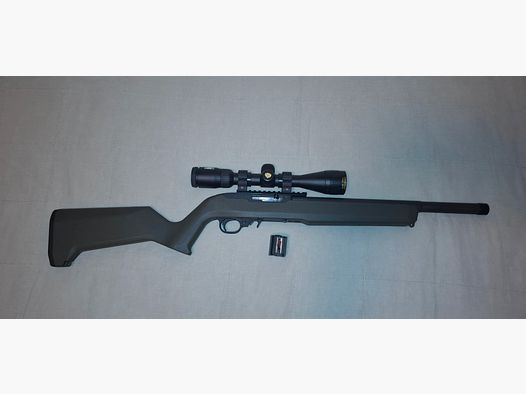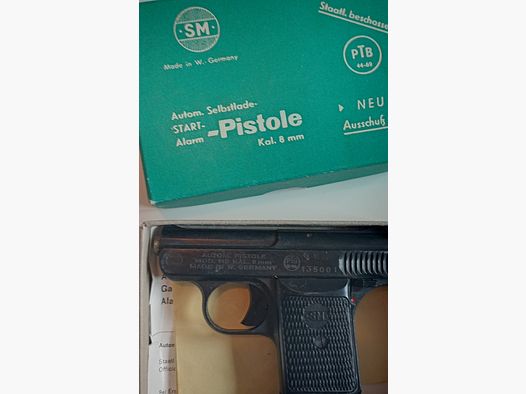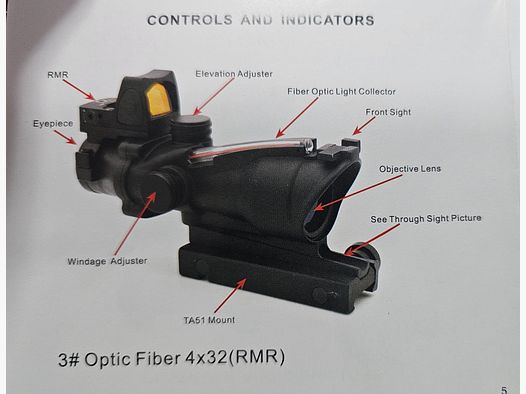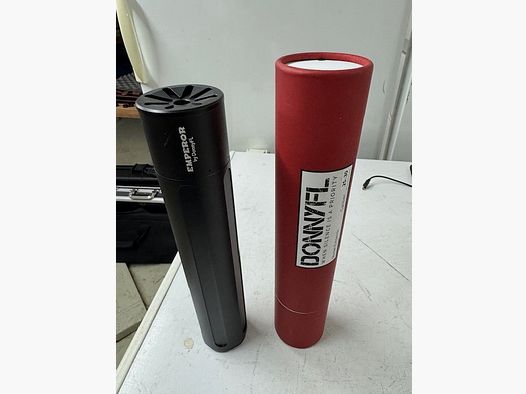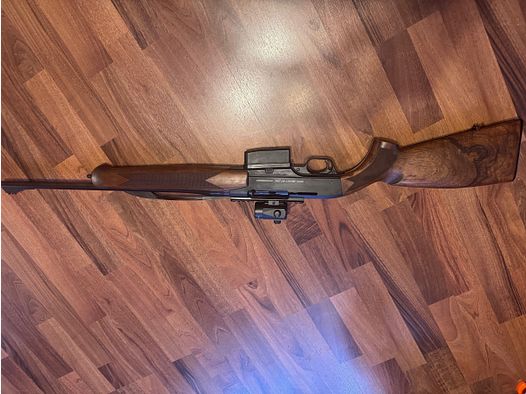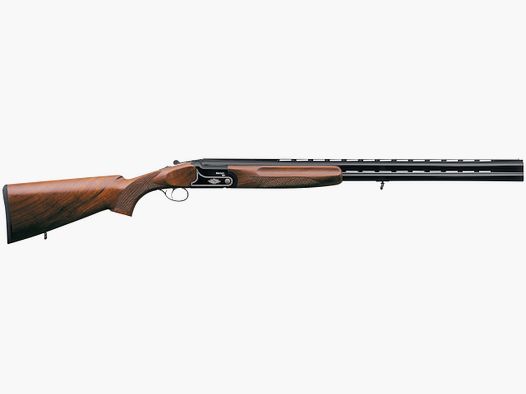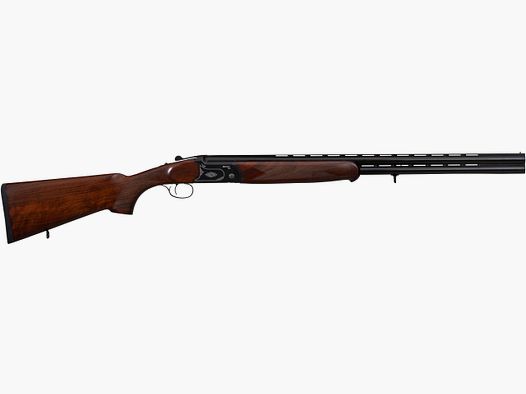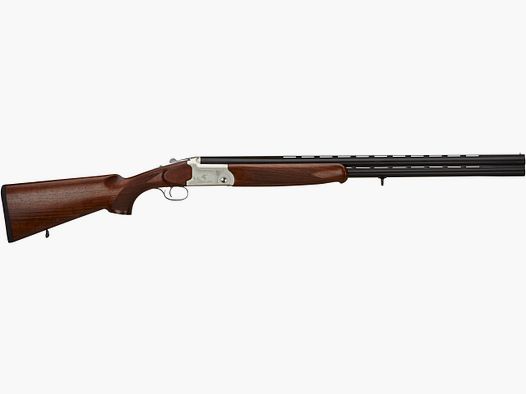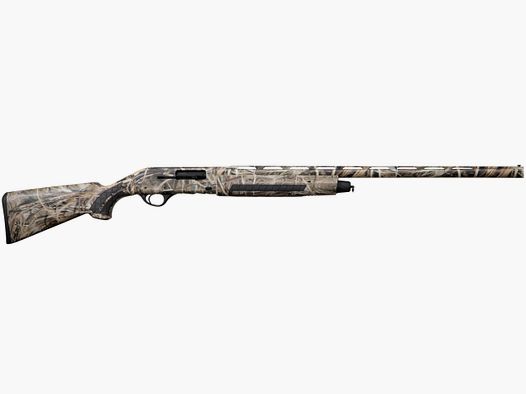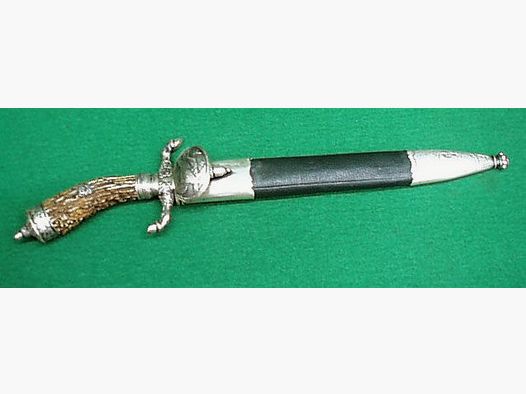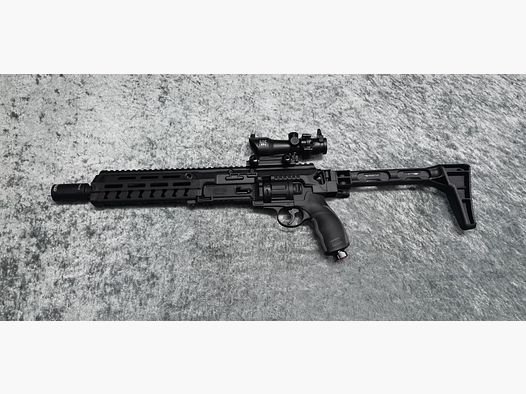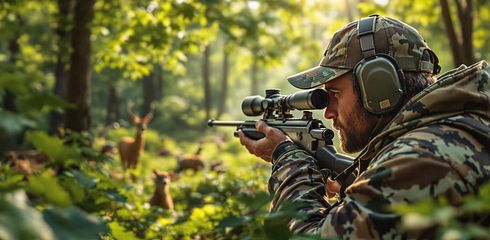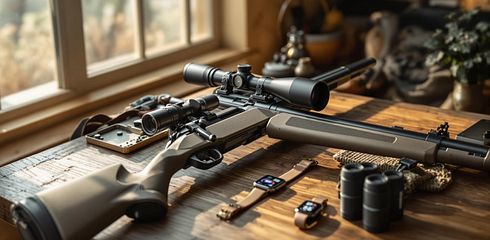Optics such as riflescopes and safety glasses must withstand extreme stresses. Manufacturers test these using standardized procedures to guarantee safety and durability:
- Recoil Tests: Simulate shooting stresses, e.g., 1,000 G for riflescopes.
- Drop Tests: Steel ball tests assess resistance to impacts.
- Temperature Shock Tests: Test durability under temperature changes (-65°C to +190°C).
- Standards: MIL-STD-810H, ISO 9022-3, and IK protection classes evaluate resilience.
- New Technologies: Digital simulations (FEA) and automated testing machines save time and costs.
With these methods, optics meet strict standards such as ANSI Z87.1 or MIL-STD-810H. Look for certifications like “Z87+” or IK classes to identify shock-resistant products.
| Standard | Application Area | Protection Level |
|---|---|---|
| MIL-STD-810H | Military stress tests | Extreme environmental conditions |
| ISO 9022-3 | Mechanical tests for optical devices | Optics |
| IK Protection Classes | Protection against mechanical impacts | IK00 to IK10 (20 Joules) |
Gunfinder offers tested products with comprehensive information and filtering options to find the right optics.
Important Standards for Shock Resistance
To ensure the quality and reliability of optics worldwide, manufacturers adhere to international standards. These provide precise guidelines for shock resistance tests, ensuring that products function flawlessly even under extreme conditions.
| Standard | Focus | Application Area |
|---|---|---|
| MIL-STD-810H | Resilience in extreme environments | Comprehensive: temperature, vibration, shock, humidity, etc. |
| ISO 9022-3 | Mechanical stress tests | Optical devices |
| IK Protection Standards (EN/IEC 62262) | Protection against mechanical impacts | Casings of electrical devices |
The following sections will delve deeper into the most important standards and their specifics.
MIL-STD-810H
The MIL-STD-810H is a U.S. military standard that tests the resilience of devices under extreme environmental conditions, including mechanical shocks. The goal is to ensure that devices can withstand their entire lifespan under the intended operating conditions.
Interestingly, 75% of military field equipment achieves this certification. This has measurable benefits: it reduces failure rates by 35%, extends lifespan by 50%, and lowers maintenance costs by up to 30%.
The standard includes 28 test methods that are adapted based on product type and application area.
ISO 9022-3
ISO 9022-3 is a standard specifically for testing optical devices under mechanical stress. It assesses the resilience of optical instruments and ensures that their performance is not compromised by mechanical influences.
Compliance with this standard helps manufacturers ensure the reliability of their products, meet quality specifications, and minimize the risk of failures. This standard is essential for optics such as riflescopes, as it simulates typical stresses encountered in use.
IK Protection Standards
The IK Protection Standards (EN/IEC 62262) evaluate the degree of protection of casings of electrical devices against mechanical impacts. The protection classes range from IK00 to IK10, with higher values indicating better protection. These tests are crucial for the safety, durability, and quality of casings.
Together, these standards ensure that optics can withstand the harshest conditions – from extreme temperatures to strong mechanical stresses.
Common Testing Methods
To ensure that riflescopes and other optical devices meet the demands of use, manufacturers rely on internationally established standards and realistic stress tests. These procedures simulate typical stresses and assess the resilience of the products under extreme conditions.
Recoil Simulation
Recoil simulation is a central component in the development and testing of riflescopes. Using specialized machines, the recoil force of various calibers is simulated to ensure that the optics can withstand the stresses.
An example is the recoil simulator from Vortex, which precisely replicates the recoil force:
"Basically, a machine you put a Scope into that can be set to the recoil force of whatever you choose and it then simulates the movement rapidly - or at whatever rate you choose. I.e. set it to the impact recoil force of a .308 cartridge and to 1500 rounds (shocks) a minute."
Sightron tests its riflescopes with 1,000 shots on a shock test machine that generates forces of up to 1,000 G. Holosun conducts similar tests and also tests its sights during development and production with 1,000 G recoil. Additionally, in Canada, further field tests are conducted with a Mossberg 835 Ulti-Mag shotgun, where the sight is subjected to extreme stresses from 3½" steel shot at 472 m/s.
In addition to recoil simulation, drop and temperature shock tests are also employed to comprehensively assess the resilience of the optics.
Drop Tests
Drop tests are used to evaluate a product's resistance to impacts from sudden falls. The product is dropped from a specified height onto a hard surface to check for visible damage, functionality, and structural integrity.
A common procedure for optics is the so-called steel ball test. The ANSI standard stipulates that a 16-gram steel ball is dropped from a height of 127 cm onto the lens. Zenni Optical goes a step further and uses a 67-gram steel ball from the same height. The lenses must not shatter, crack, or break.
In addition to drop tests, optical equipment is subjected to intense temperature fluctuations to ensure its resilience.
Temperature Shock Tests
Temperature shock tests are essential for assessing the durability of materials under extreme temperature changes. The TÜV SÜD describes this method as follows:
"Thermal shock testing is a critical method used to evaluate the durability and reliability of materials and products subjected to sudden and extreme temperature changes."
In this procedure, the test object is subjected to rapidly changing high and low temperatures. TÜV SÜD tests in a range from -65°C to +190°C. Typically, these tests involve temperature changes of at least 15°C within one minute, with total fluctuations often exceeding 100°C.
Studies show that such tests can produce different damage patterns – from minor internal to larger external damages.
With these versatile testing methods, manufacturers ensure that optical devices can withstand even extreme stresses – whether from heavy recoil or drastic temperature fluctuations.
New Testing Technologies
Today's testing technologies often make physical prototypes unnecessary by digitally simulating shock resistance and other stresses.
Finite Element Analysis (FEA)
The Finite Element Analysis (FEA) has established itself as a tool that helps manufacturers identify weaknesses in their designs early on – even before physical prototypes are created. This computer-based method simulates how materials and products respond to real forces such as vibrations, heat, or fluid flows. The result: faster and more precise design adjustments.
A major advantage of FEA is the ability to simulate conditions that would be difficult or dangerous to replicate in reality. The model is divided into thousands of small "elements" that are interconnected. This allows for precise calculations of stress, strain, and displacement under load.
Czero, Inc. describes the strengths of this technology as follows:
"FEA is a tremendous productivity tool that allows Czero to virtually test and analyze designs on a computer, predicting how a product will behave under real-world conditions like stress and strain, without needing to build physical prototypes, which saves time and money while helping to identify potential problems early in the design process and optimize the product's performance before manufacturing."
Another advantage: Time savings. While physical tests often take weeks or months, FEA delivers results in hours or even minutes. Additionally, the technology can be used for a variety of products after acquisition and reduces long-term development costs.
| Aspect | FEA | Traditional Stress Tests |
|---|---|---|
| Accuracy | High (depending on mesh refinement and input data) | Very high (real conditions) |
| Cost | Low (software-based tests) | Higher (physical tests & prototypes) |
| Time Efficiency | Fast (simulations in minutes/hours) | Slow (weeks/months for complete tests) |
| Data Depth | Detailed stress distribution | Limited to external observations |
Automated Testing Machines
Automated testing systems have elevated the accuracy and efficiency of shock resistance testing to a new level. They provide consistent results, eliminate human errors, and enhance product quality.
ZwickRoell, a leading provider of such systems, has delivered over 700 automated testing systems worldwide and introduces about 40 new systems annually. These systems typically pay for themselves within two to three years.
The benefits of this technology are clear: Automated systems can operate around the clock without supervision, ensuring consistently high efficiency in the lab. Engineers can focus on analyzing and optimizing test results instead of conducting manual tests.
Some examples of companies using these systems:
- Henkel (Germany) uses them for tensile strength and component testing.
- BASF (Korea) employs them for automated quality control.
- Tata Steel (United Kingdom) utilizes them for tensile strength testing.
Another advantage is the increased safety, as human involvement in potentially dangerous tests is minimized. Automated systems complement digital simulations and enable seamless integration into modern testing methods. At the same time, they ensure consistent data collection and reduce errors that could occur with manual handling.
Protection Techniques
Modern protection techniques such as adhesive stabilization and nanostructured coatings enhance both mechanical stability and optical functionality without increasing the ecological footprint. Internal lens elements are glued together, and clamping locks are added to simplify the mechanics.
Nanostructured coatings provide precise control over optical properties. They increase light absorption, reduce reflections, and improve spectral selectivity. At the same time, the industry is increasingly focusing on environmentally friendly coatings that meet strict environmental regulations.
Smart coatings take it a step further: they respond to external influences such as temperature, humidity, or light and adjust their optical properties accordingly. This technology opens up new possibilities, such as for self-regulating optical systems.
These protection techniques complement existing methods and offer additional options for resilient and durable optics.
sbb-itb-1cfd233
How to Identify Shock-Resistant Products
The previously described testing and certification standards are the basis for identifying shock-resistant products. With the following markings, you can quickly and easily recognize the tested quality.
Understanding Certification Markings
For safety glasses, you should look for markings such as “Z87” or “Z87+”. These indicate compliance with ANSI Z87.1 and are usually found on the side arm of safety glasses and on the sealing ring of goggles.
For military applications, the MIL-PRF-31013 test is crucial, as it requires seven times the impact energy of ANSI Z87.1. Military equipment that meets these requirements can be found on the APEL list of PEO Soldier.
IK protection classes provide a clear overview of mechanical shock resistance. The scale ranges from IK01 (0.15 Joules) to IK10 (20 Joules). For example, the EviKey NFC HSM uses a casing with an IK10 rating to withstand high-risk environments.
| IK Rating | Impact Energy (Joules) | Application Area |
|---|---|---|
| IK01-IK05 | 0.15 - 0.70 J | Low stress |
| IK06-IK08 | 1.00 - 5.00 J | Medium stress |
| IK09-IK10 | 10.00 - 20.00 J | High stress |
Pay Attention to Warranty and Durability Information
The warranty conditions can provide hints about the tested shock resistance. Manufacturers offering certified products often provide extended protection against shock damage.
An example: The SPEC OPTICS PD2 RED DOT SIGHT withstands 800g weight and 500 shocks. The CVLIFE WildHawk was even tested with 1,200G, exceeding the requirements of most applications. The Vortex Crossfire II also proved its robustness by maintaining its zero even after a fall onto concrete.
With this information, you can quickly identify products that meet your requirements – for example, on Gunfinder.
Find Shock-Resistant Products on Gunfinder
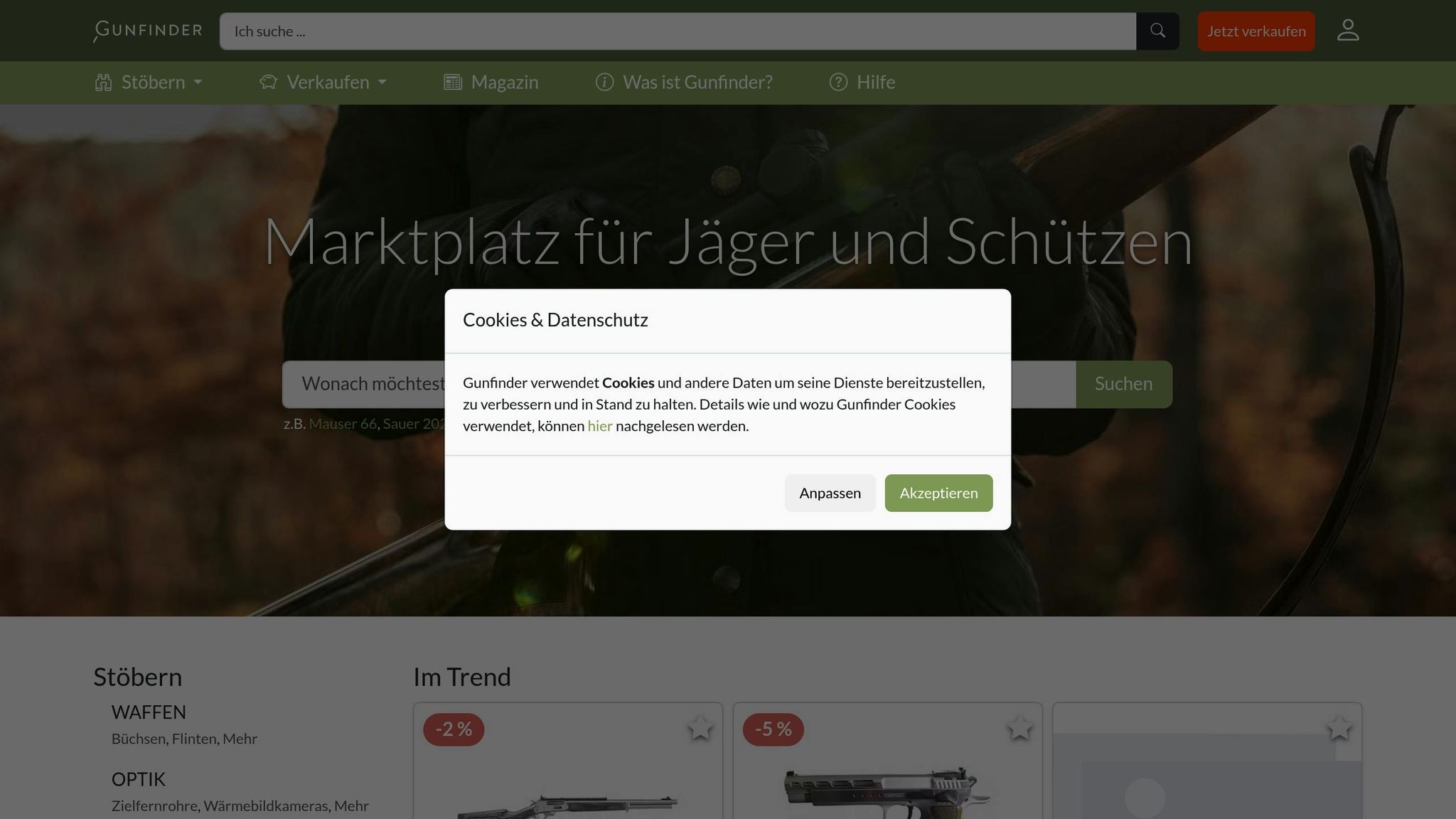
Gunfinder offers a variety of certified optics with detailed product information and relevant certifications. Thanks to the filtering options, you can specifically search for features such as aircraft aluminum constructions, nitrogen fillings, or IPX7 water protection.
The product descriptions contain precise information such as “waterproof, fog-free, shock-resistant with one-piece ocular construction.” Additionally, user reviews help you assess the actual resilience. Price comparisons ensure that you find the best value for your requirements.
Conclusion
Shock resistance tests are crucial to ensure the safety and longevity of optics. Using standardized testing procedures such as MIL-STD-810H, ISO 9022-3, and IK protection classes, manufacturers can demonstrate that their products can withstand even extreme stresses.
Optics with higher IK ratings are particularly suitable for demanding applications such as construction sites or industrial facilities. The IK classification ranges from IK00 (no protection) to IK10 (very high protection) and provides clear guidance for selecting the appropriate level of protection for your needs. For hunting and sports optics, you should pay attention to the ANSI Z87.1 markings. Markings such as "Z87" indicate basic shock resistance, while "Z87+" signals high shock resistance – a helpful guide when choosing the right product.
Products with GS certification undergo rigorous testing that assesses durability, safety, and resilience, thus guaranteeing high quality. New technologies such as Finite Element Analysis and automated testing machines not only improve testing procedures but also contribute to optimized product development.
On Gunfinder, you will find a selection of certified, shock-resistant optics with comprehensive information and a compelling price-performance ratio.
FAQs
How do I check if a product is shock-resistant?
Manufacturers check the shock resistance of products through targeted procedures, including drop tests, where a product is dropped from defined heights onto hard surfaces. Additionally, methods such as the pendulum impact test or the Charpy test are used to identify weaknesses and assess the material's resilience.
It is crucial that these tests comply with international standards such as the ISO standards or specific guidelines like the IK protection classes. Such standards guarantee that a product is robust enough to withstand everyday demands. When purchasing, ensure that the shock resistance is appropriately certified – this ensures reliability and a longer lifespan.
Why are digital simulations and automated tests advantageous in testing shock resistance?
Digital simulations and automated tests offer many advantages that traditional methods often cannot provide. They deliver precise and consistent results, as they occur under precisely controlled conditions. This minimizes variability in test results, making the entire development process more efficient.
A particularly significant advantage is the time savings: Digital simulations allow for various stress scenarios to be played out in a very short time. Automated testing systems also reduce human errors and increase the speed of tests. This means faster time-to-market and lower costs. Additionally, weaknesses become visible early in the development phases, even before physical prototypes are necessary – a clear advantage that can significantly improve the quality of the final product.
Especially in testing the shock resistance of optics and other components, these technologies have become indispensable in product development today.
Why are certifications like 'Z87+' or IK classes important when selecting shock-resistant products?
Certifications such as “Z87+” and IK classes indicate that a product has undergone rigorous testing to confirm its shock resistance. “Z87+” signifies tested eye protection specifically designed to protect against impacts and other physical influences. The IK classes provide information on how well a product withstands mechanical shocks.
Products with these certifications offer you an added level of safety and reliability – especially in demanding applications. They make it easier for you to select robust and durable equipment that can withstand the challenges of your environment.
